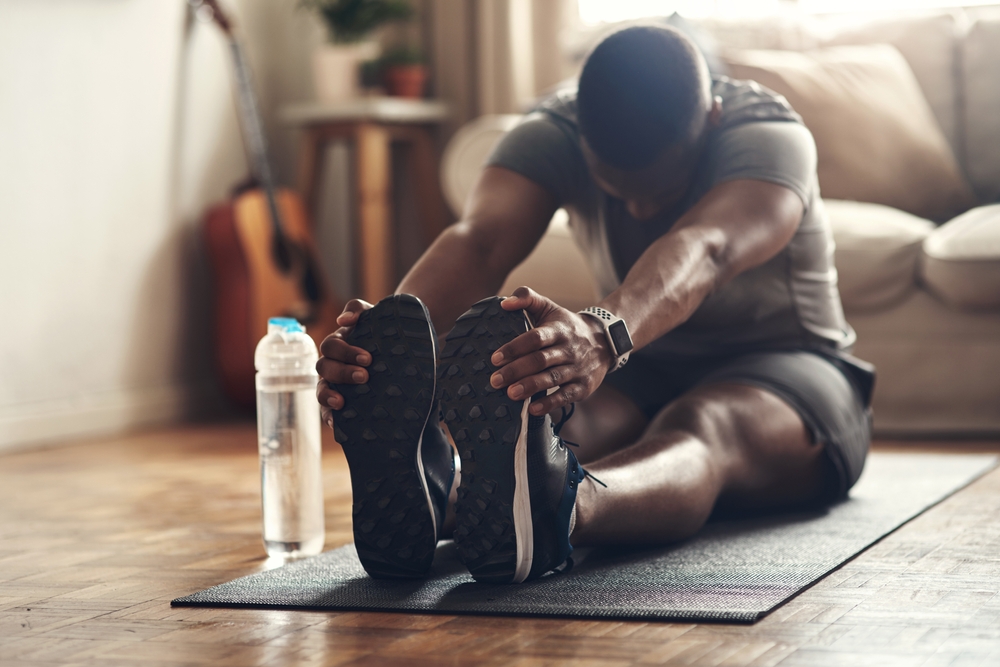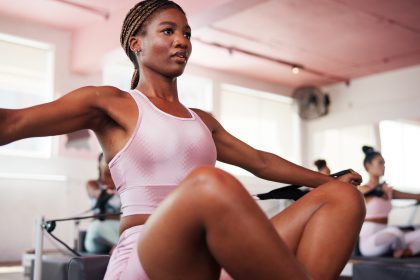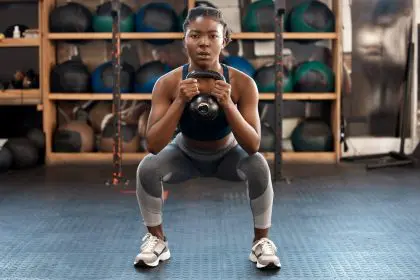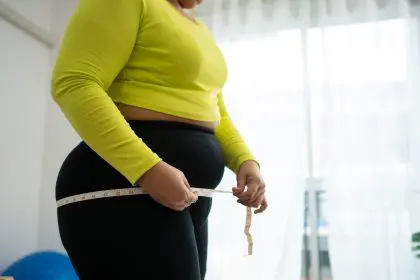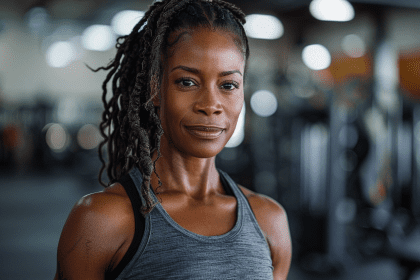Crossing the 40-year mark in 2025 brings wisdom, confidence, and new fitness goals, but it also shifts how bodies build muscle. Aging slows muscle repair, with 1% annual loss possible without effort, yet staying toned remains within reach. Three daily moves—numbered for clarity—offer a practical path to sculpt strength, boost energy, and enhance mobility, no matter the schedule or budget.
1. Bodyweight squats: Build lower-body power
Squats, a cornerstone of strength, target glutes, quads, and hamstrings, key for stability after 40. In 2025, 60% of adults over 40 report less leg strength, raising fall risks by 15%. Doing 10 squats twice daily—morning and evening—takes two minutes and burns 20 calories per set. No gym needed, just a sturdy chair for balance if knees creak, common for 25% of this age group. Costs are zero, unlike $50 monthly gym fees.
The payoff grows fast. Stairs feel easier within weeks, and gardening, a hobby for 30% of midlifers, gets lighter—knees handle $5 soil bags better. Form matters: feet shoulder-width, back straight, lowering until thighs near chair level. Add a $10 resistance band for 10% more muscle gain, or hold a water jug, free at home. Progress shows in tighter jeans, not just scales, lifting confidence for daily tasks. These reps—sets done, bands stretched—carve power, keeping legs ready for life’s demands.
2. Plank holds: Core strength for balance
Planks sculpt the core—abs, obliques, lower back—vital for posture as 50% of those over 40 slouch from desk jobs in 2025. A 30-second hold daily, split into two 15-second bursts, fits coffee breaks and builds endurance. No equipment beats a $0 floor, though a $5 towel cushions wrists for the 20% with joint aches. Core strength cuts back pain, reported by 35% of midlifers, and steadies walks on uneven sidewalks.
Results stack up. Lifting $20 grocery bags feels smoother, and balance improves, dodging 10% of yearly falls. Start on knees if needed, common for beginners, aiming for a full plank in a month. Adding side planks, 10 seconds per side, tightens waists—40% of women over 40 notice slimmer middles. Evening TV ads, running 120 seconds, cue perfect timing. These holds—seconds counted, sides twisted—forge a core that anchors every move, from dancing to desk work.
3. Push-ups: Upper-body resilience
Push-ups strengthen chest, shoulders, and arms, countering 2% yearly muscle loss in upper bodies after 40. In 2025, 55% of adults this age struggle with heavy doors or $30 luggage, but 10 daily push-ups—split into two sets—take three minutes and rebuild grit. No cost, just a wall or counter for starters, easing 30% of beginners with shoulder stiffness. Knees-down versions work, too, for half of newbies.
The gains shine. Carrying kids or grandkids, done by 25% of midlifers, gets easier, and shirts fit better—men note 15% less arm sag. Start with five wall push-ups, progressing to floor by week four, boosting strength 20%. A $3 doorway bar adds pull-up prep for variety. Morning routines, before $2 coffee brews, slot perfectly. These presses—reps logged, bars gripped—sculpt arms, empowering lifts and hugs with newfound ease.
Why it matters after 40
Aging in 2025 reshapes fitness. Muscle mass dips 3% per decade without action, and metabolism slows, burning 100 fewer calories daily. Inflation, at 3.8%, hikes gym costs to $60 monthly, pushing 40% of adults toward home workouts. Joint wear, up 10% in over-40s, demands low-impact moves, while desk jobs, held by 50%, weaken posture. Falls, costing $50 billion yearly, hit 1 in 4 seniors, but strength cuts risks.
The stakes go beyond looks. Toned muscles lift energy for 70% of parents juggling $200 school fees, and ease aches for 60% of workers on feet. Weakness frays independence—carrying $10 laundry baskets matters. These three moves, needing no wealth, fit lives stretched by 3.9% rising costs, offering control where age and budgets push back. Every rep builds more than muscle—it builds freedom.
Making it stick
Consistency turns habits into results. Morning squats, paired with $1 oatmeal, wake bodies—20% of adults feel sharper post-move. Planks during $0 news breaks blend seamlessly, while push-ups before showers, done by 15% of routines, save time. Apps, free for tracking, log reps for 25% of users, boosting streaks. Community walks, up 12%, add social vibes—friends plank together, laughing. These cues—apps checked, groups joined—lock in progress, no matter the chaos.
Barriers exist. Home space, tight for 30% in $1,500 rentals, limits setups, and fatigue, up 10% with longer commutes, saps will. Yet, grit wins. Families swap $5 bands, kids mimic squats for fun, and 10-minute windows reshape days. Each move, from kitchen planks to bedroom push-ups, proves strength isn’t gym-bound—it’s born in small, steady acts.
A body built for life
These three moves don’t just tone—they transform. In 2025, every squat, plank, and push-up fights age’s pull, carving resilience for those over 40. The effort—knees bent, cores braced—lifts more than muscle; it lifts spirits, proving midlife can pulse with power. From $0 floors to quick breaks, strength grows where determination meets habit, keeping bodies ready for every step, lift, and leap.

